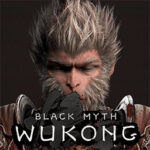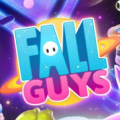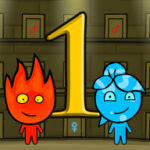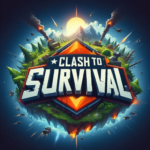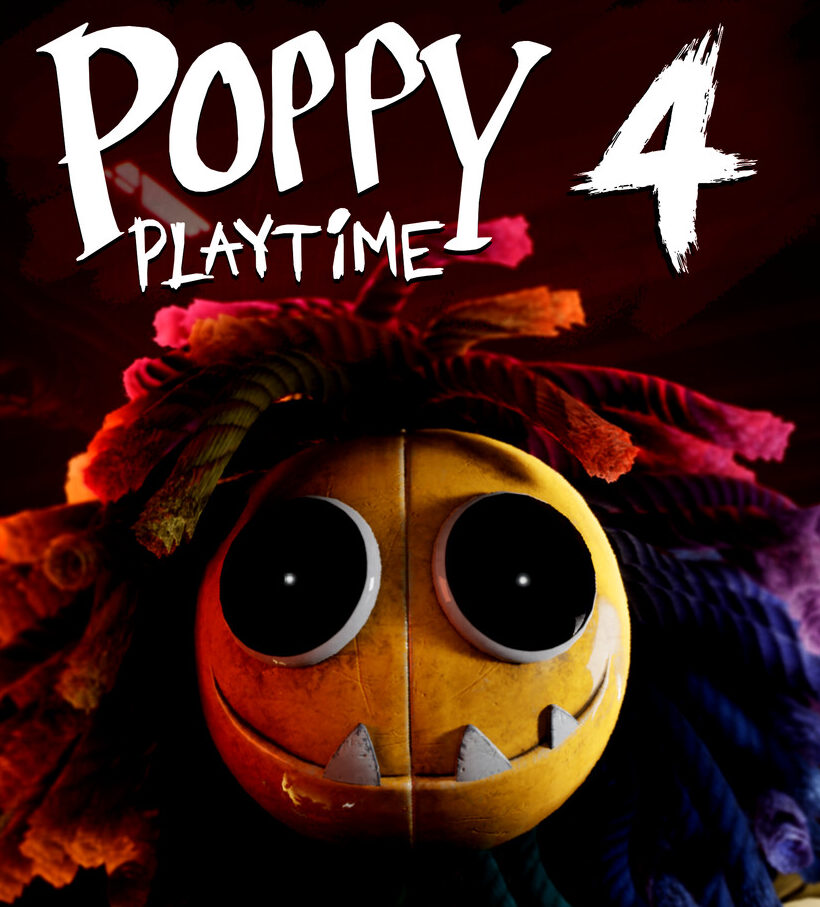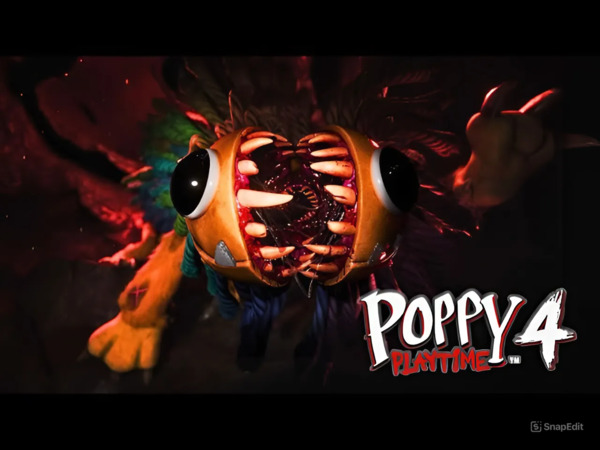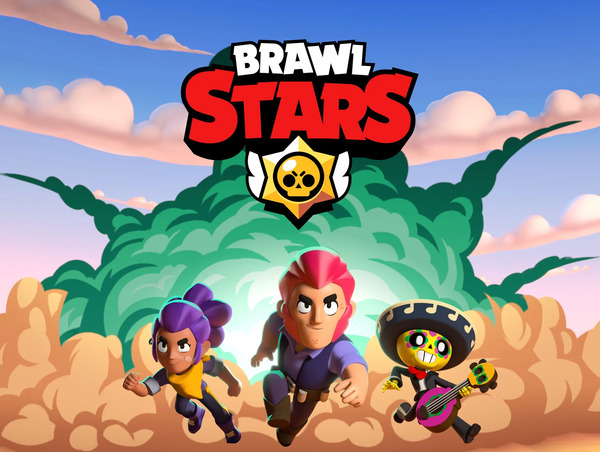Poppy Playtime – Chapter 3, titled Deep Sleep, marks the darkest and most intense chapter yet in the horror series by MOB Games. Continuing the twisted journey through Playtime Co., players now awaken in Playcare, a former orphanage-turned-experimentation wing, where childhood innocence meets industrial evil.
With terrifying new enemies like CatNap, expanded lore, and a haunting atmosphere filled with gas-induced hallucinations, Chapter 3 takes players deeper into the psychological horror and lore-rich environment that has captivated millions.
1. The Story So Far: Awakening in Playcare
After the catastrophic ending of Chapter 2, players find themselves trapped in Playcare, a disturbing facility beneath the toy factory. Intended as a childcare center for orphans, Playcare hides a sinister past involving live experiments and memory manipulation.
The story unfolds through exploration, revealing that the player may not just be a visitor—but a product of Playtime Co.’s own twisted science.
2. Introduction of CatNap and Other Threats
The new primary antagonist is CatNap, a deceptively soft-spoken but deadly plush-cat hybrid. His eerie design combines comfort and threat, and he uses fear gas to disorient and manipulate the player’s perception.
Supporting threats include mechanical toy soldiers, nightmarish hallucinations, and echoes of past prototypes, making survival in Playcare far more mentally taxing than in previous chapters.
3. Gas Mechanic and Fear-Based Gameplay
A major new mechanic in Chapter 3 is the Fear Gas system. Periodically, players are exposed to toxic gas clouds that trigger hallucinations, visual warping, and unpredictable enemy behavior.
These segments blend survival horror with psychological terror, forcing players to differentiate between real threats and mental projections while solving puzzles or escaping danger.
4. Evolving GrabPack Features
The GrabPack returns with upgraded functions, including a blue flame mechanic that enables ignition of fuel lines, charging of power nodes, and unlocking special puzzle elements.
This allows more dynamic interaction with the environment, and many puzzles now require combining GrabPack skills with stealth or quick decision-making under pressure.
5. Deeper Exploration of Playcare
Playcare is divided into distinct zones, including:
-
Nap Time Center – where experiments on sleep and memory were conducted
-
Therapy Rooms – filled with audio logs of traumatized children
-
Training Grounds – used to test behavior and fear response
-
The Lab – where the darkest secrets of the company are stored
Each area offers unique puzzles, hidden collectibles, and backstory fragments that expand on the company’s morally bankrupt mission.
6. Sound Design and Immersive Horror
Sound plays a crucial role in Chapter 3, with CatNap’s whispering voice, distorted lullabies, and environmental cues enhancing every scare. The use of silence is deliberate, amplifying tension in unexpected moments.
Jump scares are less frequent but more intense, and ambient soundscapes make even walking feel dangerous, especially during gas-induced hallucinations.
7. Psychological Horror and Storytelling
Chapter 3 dives deeper into psychological horror, touching on trauma, identity loss, and moral corruption. Rather than rely on typical scare tactics, it builds dread through atmosphere, unreliable narration, and surreal imagery.
Lore is delivered through VHS tapes, wall drawings, experiments logs, and disturbing dialogue, encouraging theory crafting and fan speculation about the player’s origins and the company’s true goals.
8. Puzzle and Stealth Integration
Gameplay in Chapter 3 requires more multi-layered puzzle solving and stealth movement than previous chapters. Players must balance mental endurance, avoid noise, and complete environmental challenges while under stress.
Failure often results in cinematic enemy sequences or looping hallucinations, keeping tension high throughout.
9. Performance and Accessibility
Optimized for better performance, Chapter 3 features improved lighting, refined animations, and broader platform support. Adjustable difficulty settings, color-blind options, and an updated checkpoint system help accommodate a wider audience.
The developers have also responded to feedback by offering more save points, improved controller support, and enhanced UI clarity.
10. The Road Ahead: Chapter 4 and the Future of the Franchise
Chapter 3 ends with a major lore revelation and a new mystery that hints at deeper forces behind Playtime Co. Fans speculate about hidden characters, ancient tech, and a growing resistance within the factory.
MOB Games has confirmed Chapter 4 is in development, promising even more twisted enemies, darker environments, and possibly the final confrontation between the player and the organization that made them.
Conclusion
Poppy Playtime – Chapter 3: Deep Sleep takes the franchise into true horror territory, combining nightmarish visuals with psychological depth and refined gameplay mechanics. From the haunting presence of CatNap to the mysteries of Playcare, it’s the most ambitious and fear-inducing chapter so far. For fans of immersive horror with rich lore and strategic gameplay, Chapter 3 is a must-play — and a warning that the worst may still be ahead.



